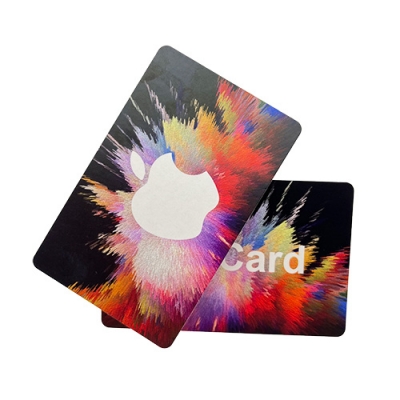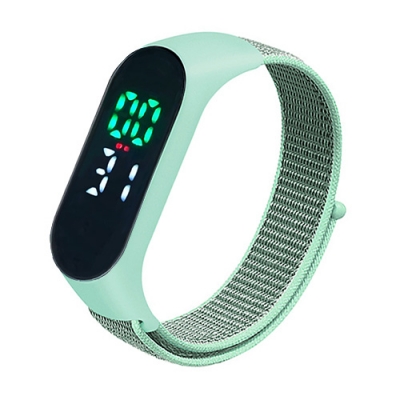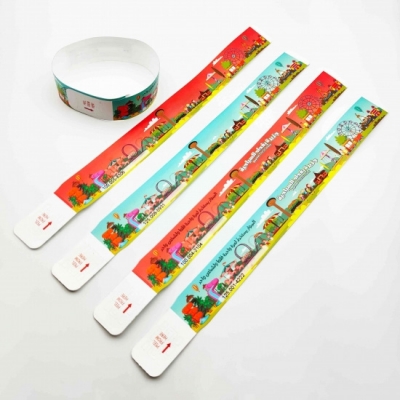RFID not only contributes to the field of clothing, but its technology can be said to bring some simple and efficient methods in various fields, such as logistics, transportation, retail, supermarket, medical, military, asset management. , personnal positioning, package tracking, and almost need to manage the location, it can bring some help!
1. Improve surgical instrument tracking
Many hospitals are using this technology to track surgical instruments and other items, saving time by eliminating manual counting, ensuring that each item is properly sterilized to reduce the risk of infection and better manage inventory.
2. Improve patient safety
In addition to ensuring that the device is properly sterilized, RFID can also be used to safely manage drugs in hospitals using “smart” cabinets. RFID patient wristbands can also help ensure that patients receive the appropriate dose for each drug at the appropriate time. In some organizations, RFID has even been used to track the location of dementia patients to prevent them from being lost.
3. Better supply chain management
Hospitals are facing increasing pressure to reduce costs. By using RFID to track inventory of supplies and medical devices, suppliers can create solutions that automatically trigger supply orders based on real-time inventory information. This can help avoid unnecessary orders and ensure that employees have access to the materials they need.
4. UDI compliance
The FDA requires medical device manufacturers to uniquely identify medical devices to help simplify tracking and recall management. By using RFID tags for UDI applications, manufacturers can maintain compatibility while allowing medical care to more easily track and manage their devices within the medical structure, all without bar code line-of-sight scanning requirements. It is therefore more accurate, simpler and more time-saving.
5. Improve asset management
Nurses and doctors waste time every week looking for equipment. By connecting RFID tags to wheelchairs, beds, IV pumps and other items, hospitals can locate them and improve asset utilization. This saves time for caregivers and helps hospitals avoid unnecessary waste of assets through more accurate asset counting, saving time and saving capital!
In addition, RFID can also be used in hospital contact history tracking control applications, and various medical epidemics and government agencies can instantly and accurately grasp the dynamic information of the entire process, thus preventing the recurrence of nosocomial infection control problems similar to atypical pneumonia.














